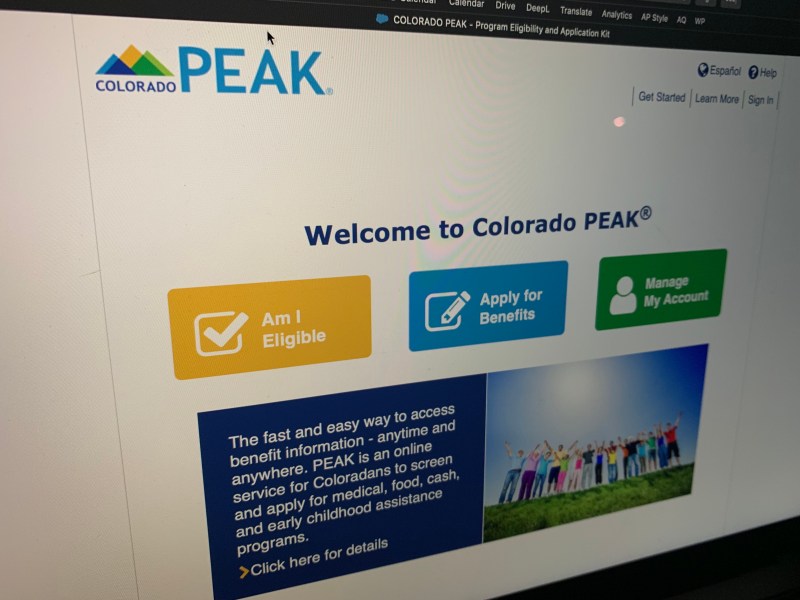Applying for RTD’s New Discount Program? A Confusing, Complicated and Glitchy Website Awaits.

A 40-percent discount transit program for the poor rolled out today with an online application process that’s so confusing it requires 60 pages of instructions and left one of the leaders of an organization that helped to launch it perplexed where to start.
“On my laptop, I was basically frozen on the ‘create an account page,’” said Deya Zavala, executive director of Mile High Connects, an organization whose leaders participated in a working group to help RTD develop the program. “On my mobile, it directed me to the main, non-mobile-friendly account page and it asked me to create another account.”
The discount program, known at LiVE, has been discussed since 2015 and took the last two years to develop. It has generated excitement, especially after RTD’s fares jumped to among the most expensive in the country in January. It is seen as a way for the agency to reverse the declining ridership numbers it has reported in recent years.
Although RTD’s website for the program clearly lays out discount fares ($1.80 compared to $3) and incomes that qualify ($23,107 for one person), if people want to enroll they must click to Colorado PEAK, a hot mess of an online application that the Governor’s Office of Information Technology uses to manage enrollment for a range of social services.
There, users see three big buttons. The first reads, “Am I eligible?” which looked to this reporter like a good place to start. But after a frustrating half an hour of head-scratching questions and pages that failed to load properly, completing the questionnaire didn’t show the LiVE program among those available.
It took the help of Tina Jaquez, an RTD spokesperson, to learn that users should instead start with the second big button on the website, called “Apply for Benefits,” a tip that isn’t specified on either website but is mentioned in a 60-page “Application Walk-Through” document.
Zavala thinks the difficult website could prevent people from signing up for the benefit, especially for some low-income users who may have infrequent access to computers or high-speed internet connections.
“I envision most of our residents on their laptop, mobile phone, at a library or wherever they have access to wifi,” she said. “If it’s this challenging or frustrating to apply, if they can’t access the website in a way that’s user friendly, they may actually stop the application process.”
Zavala says she’s unaware of a testing process that involved real-world users and that her organization pushed for a soft launch of the program, which doesn’t appear to have happened.
“We worked really closely to try and have a pilot to work out some of the kinks,” she said. “It doesn’t seem like there was any kind of pilot.”
At a time when the private sector widely employs user experience designers to make sure real-world people can successfully carry out critical tasks online, the launch of RTD’s LiVE discount program calls to mind the federal government’s flawed kickoff of Healthcare.gov in 2013. RTD also offers a difficult to use mobile app and a tap-to-pay card so light on features that only one percent of riders use it, compared to 53 percent for a similar card in the San Francisco Bay Area.
Although user testing doesn’t appear to have happened, the software was tested successfully by its vendor, the Department of Human Services and RTD, said Jaquez. And her boss added that it could get better.
“There has been so much process throughout the evolution of this program, there comes a time to launch it,” said Pauletta Tonilas, who runs RTD’s communications department. “We will evaluate the program as it progresses and make tweaks where necessary.”
Just over 40 applications had been submitted through the site at 2 p.m., according to Anita Dill, a spokesperson for the Governor’s Office of Information Technology.
Streetsblog Denver informs the movement for sustainable transportation and a livable city. Give $5 per month.


